Guest Article written by the Poynting team
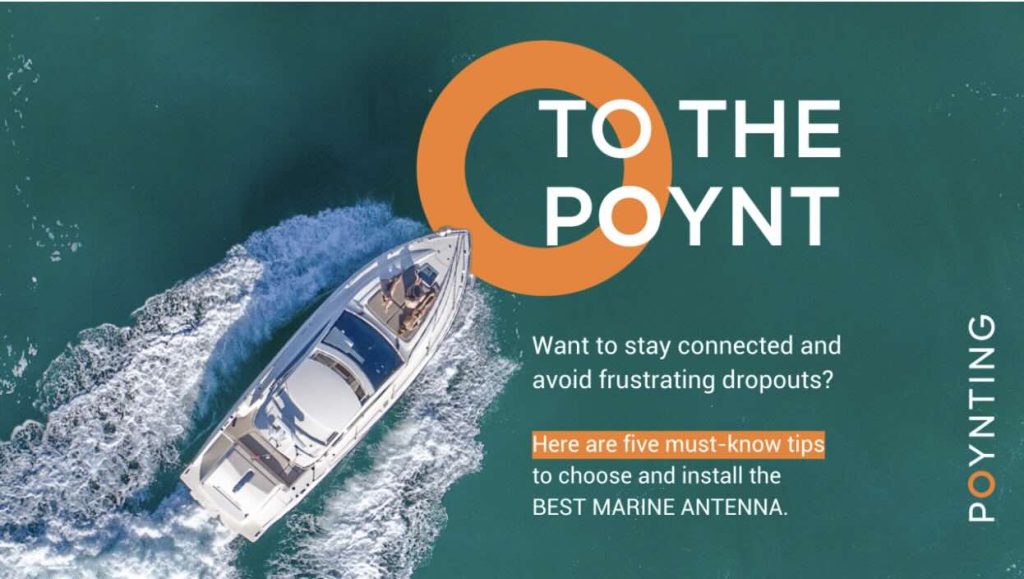
Table of Contents
Did you know that the right marine antenna can make or break your communication while on the water? Whether you’re cruising along the coastline or navigating inland waterways, ensuring consistent connectivity is key. Here’s how you can select the perfect antenna to stay connected no matter the conditions.
Key Tips for Choosing the Right Marine Antenna:
1) Elevation is Key
Ensure your antenna has a strong vertical (elevation) receive angle. This is essential for:
- Navigating rough seas when your vessel is pitching and rolling.
- Maintaining connection in harbors or moorings where base stations are at higher elevations.
- Staying connected in inland waterways where high banked shorelines affect signal reception.
- Pro Tip: Antennas with good vertical apertures ensure signal reliability even in challenging conditions.
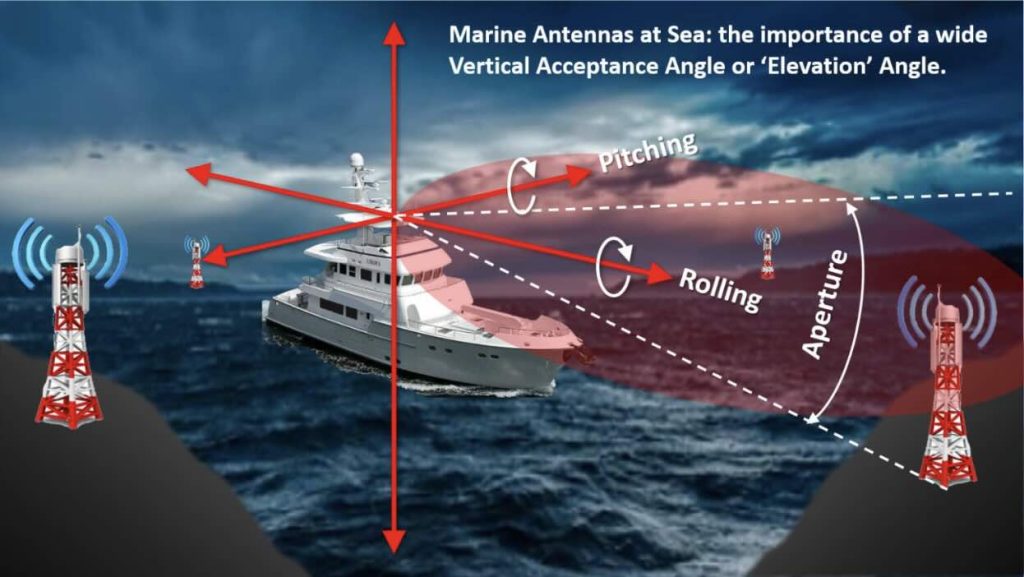
2) 360° Coverage for Uninterrupted Communication
A good marine antenna should offer wide horizontal (azimuth) coverage, allowing your vessel to stay connected in every direction. This ensures:
- Seamless communication with nearby LTE/4G/5G towers as you move.
- Reliability even when passing through harbor areas or riverbanks where signal reflections can disrupt reception.
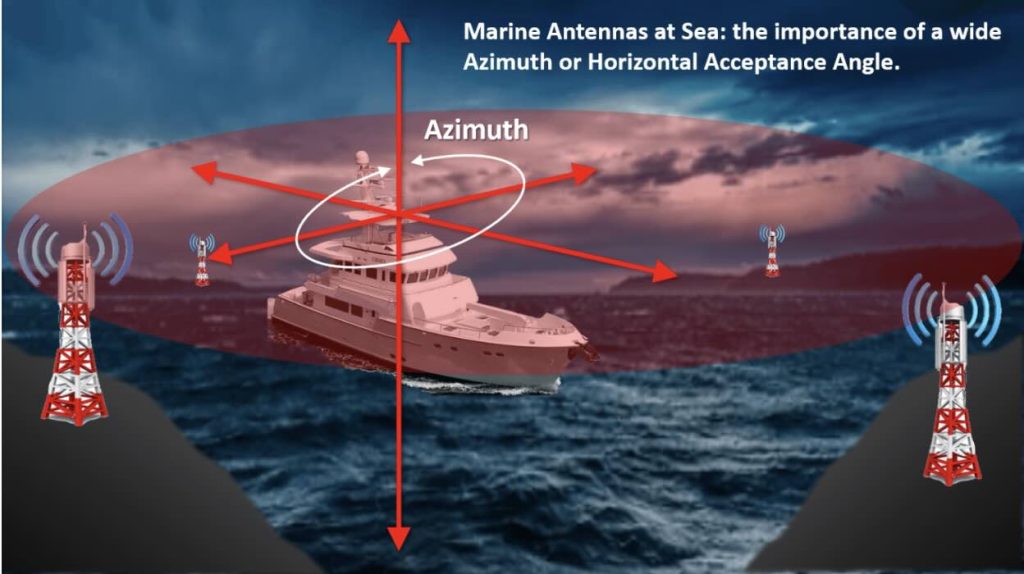
3) Durability for Harsh Marine Condition
Antennas need to withstand the elements. Look for models that are:
- IP65 rated, ensuring they are resistant to salt, water, and harsh weather conditions.
- Built to last in marine environments without compromising performance.
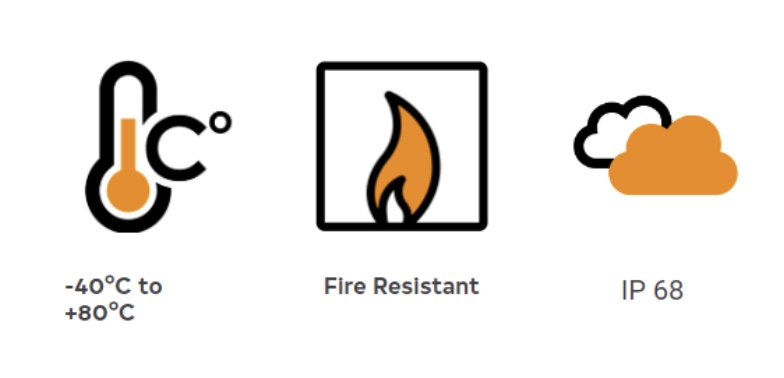
4) Future-Proof Your Investment
Choose antennas that can handle the evolving frequency bands used by mobile service providers. This ensures:
- Ongoing compatibility with future upgrades to LTE/4G/5G networks.
- Peace of mind knowing your antenna will remain effective long after your initial purchase.
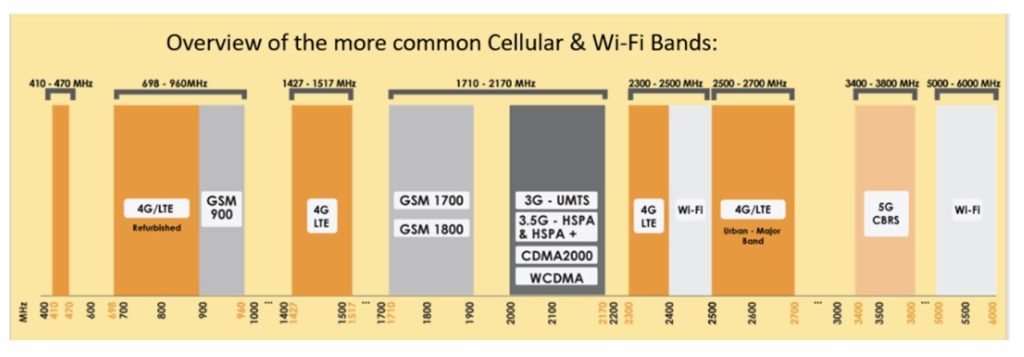
5) Minimize Cable Losses with Proper Installation
The quality of your antenna’s performance depends on more than just the device itself. Pay attention to:
- Proper cable installation to minimize signal loss.
- Space diversity, which involves correctly positioning antennas and routers for optimal signal strength.
In conclusion, selecting and installing the right marine antenna is crucial to ensuring reliable communication while out on the water. By considering factors such as vertical elevation, 360° coverage, durability, future-proofing, and proper installation, you can significantly improve your vessel’s connectivity. Prioritizing these elements will help you stay connected no matter where your journey takes you, offering both peace of mind and confidence during your maritime adventures.
What next?
Want to make sure your marine connectivity never lets you down? Whether it’s for a vessel, dock, or coastal structure, the Poynting solution ensures your antenna stays securely in place, delivering reliable and seamless performance in any environment.

